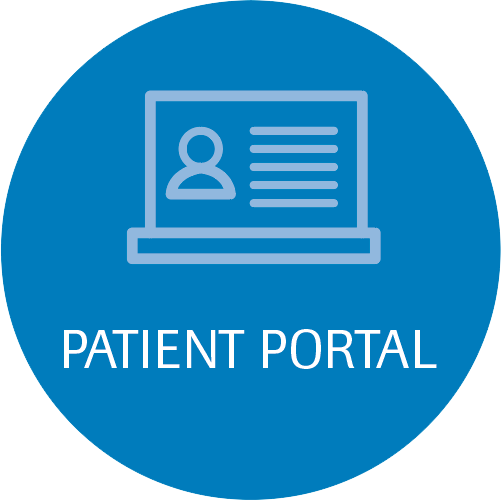What is a screening mammogram and what does it do?
A screening mammogram refers to the medical screening of asymptomatic (having no symptoms), apparently healthy women for breast cancer in an attempt to achieve an earlier diagnosis. The assumption is that early detection will improve outcomes.
Who performs the test?
The examination is performed by a licensed Radiologic Technologist certified in Mammography.
Where does it take place?
Jackson Hospital Outpatient Center Hudnall Building, Room 110, located adjacent to the Hospital.
How long does it take?
Average person takes 10–15 minutes.
What can I do to make it a success?
- Please bring physician orders to your appointment.
- Patients who are in a wheelchair, please ensure your wheelchair arms and legs can be removed. If not, be prepared to be moved to a different chair.
- Inform technologist prior to exam if there is a possibility of pregnancy.
What should I do before the exam?
On the day of your appointment, do not use deodorant, lotion, cream, or powder on your underarms or breasts, as they could interfere with a clear image. Also, wear clothing that will allow you to undress from the waist up easily.
If you still have a menstrual cycle, please schedule you mammogram for one week after your period ends.
If you have had a mammogram at another facility, have previous mammograms available for the radiologist at your current exam.
You will be asked to fill out a questionnaire concerning breast health history.
What happens during the exam?
Your breast will be placed on a special platform and compressed with a paddle (often made of clear Plexiglas or other plastic). The technologist will gradually compress your breast.
Breast compression is necessary in order to:
- Even out the breast thickness so that all of the tissue can be visualized.
- Spread out the tissue so that small abnormalities are less likely to be obscured by overlying breast tissue.
- Allow the use of a lower x-ray dose since a thinner amount of breast tissue is being imaged.
- Hold the breast still in order to minimize blurring of the image caused by motion.
- Reduce x-ray scatter to increase sharpness of picture.
- You will be asked to change positions between images. The routine views are a top-to-bottom view and an angled side view. The process will be repeated for the other breast.
- You must hold very still and may be asked to keep from breathing for a few seconds while the x-ray picture is taken to reduce the possibility of a blurred image. The technologist will walk behind a wall or into the next room to activate the x-ray machine.
- Ultrasound and/or further examination by mammography may be warranted.
What should I do after the exam?
A radiologist will then examine the images and interpret them. He will communicate the results and forward a report to your doctor. The patient will receive notification through a letter from the Mammogram facility. If the previous mammograms are not provided at the current exam, there will be a delay in notifying the ordering physician, as well as, the patient of the results as we locate and compare previous and current mammograms.
Contact Information:
Hospital (main operator): (850) 526-2200
Mammography Department at OP Center: (850) 718-2585 or (850) 718-2595
Fax (OP Center): (850) 718-2573
Radiology Department (at hospital): (850) 718-2580





